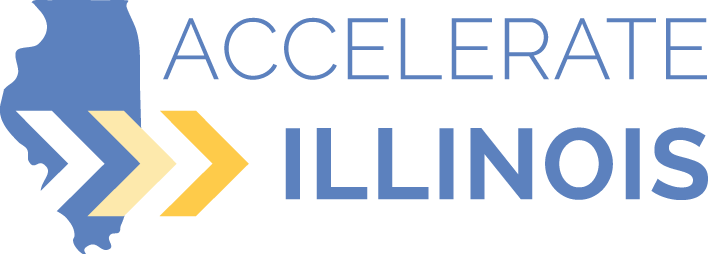
“Potholes! You cannot avoid them.”
—Andrea B., Peoria
I live in Peoria, and one of the major streets here is University. I’m not exaggerating: there have been major potholes on this street since I moved here three years ago. I work at the biggest medical center in town, and have to drive to work: the buses go only once an hour during the day.
On a three-mile stretch of University, there have been no serious repairs during that time. Yes, sometimes the city will put down some kind of black gunk to fix the streets, but it shortly comes off the street and turns into rubble. I drive to work every day, and at one point I get off this street and get on the interstate for three or four minutes to avoid the rocky road.
Two winters ago, the front passenger side of my car collapsed over the top of the wheel. It cost $800 to repair. It was absolutely because of the potholes. I talked to people at work—they all said the state doesn’t have any money to fix the roads. It’s something people talk about. In the local newspaper, people talk about issues and potholes are #1 on the list. I have not seen anything like this before—and I’ve lived in a lot of places, including Germany, Texas, Louisiana and North Carolina. I’ve never lived anywhere where the streets were this bad and nothing was done about it. When I moved here, people quickly let me know that the state didn’t have money to fix the roads.
I would stress to public officials that this situation is not going to get any better: we must face this problem. The potholes are unsightly, damaging to people’s cars and are definitely visible if you are trying to attract businesses. Why not set money aside to handle it? I would be willing to pay more—if the money was dedicated to road repair.
Illinois drivers spend an extra $3.7 billion a year on repair bills for damage from poor road conditions.
How can we get excited about maintaining our transportation infrastructure?
Help us move Illinois forward.



